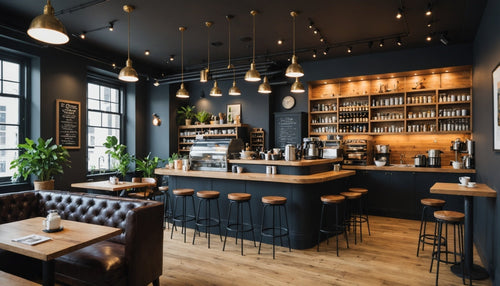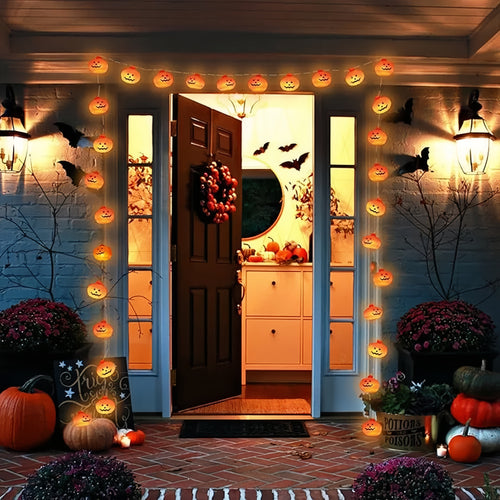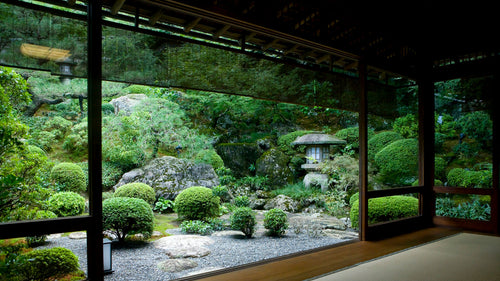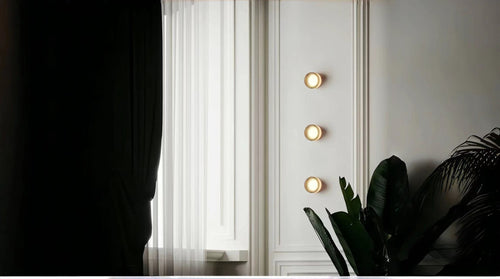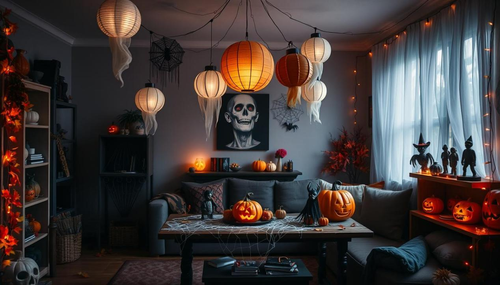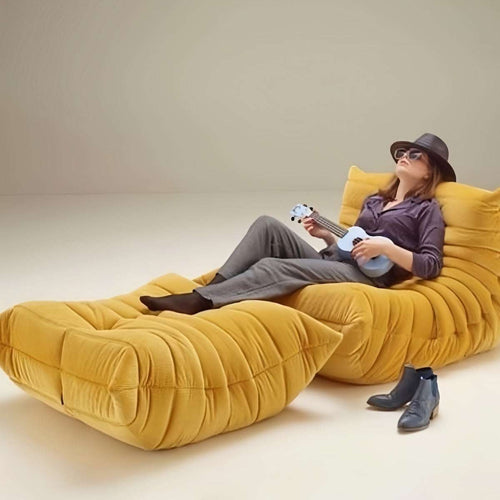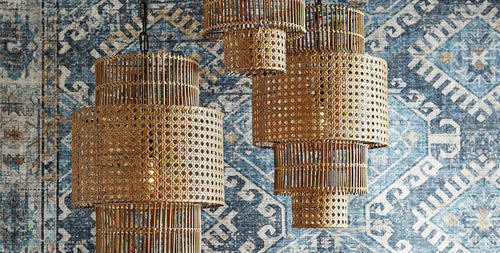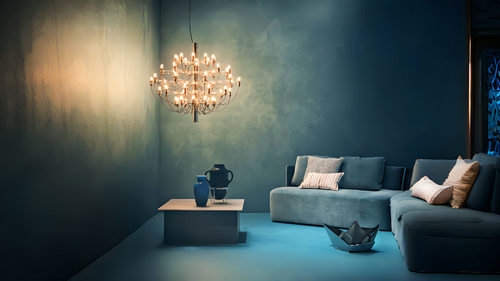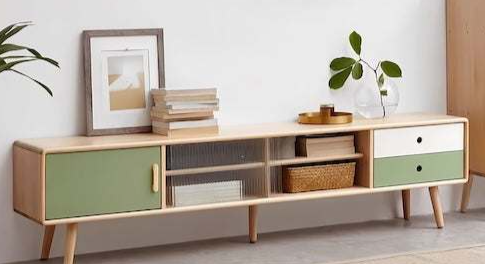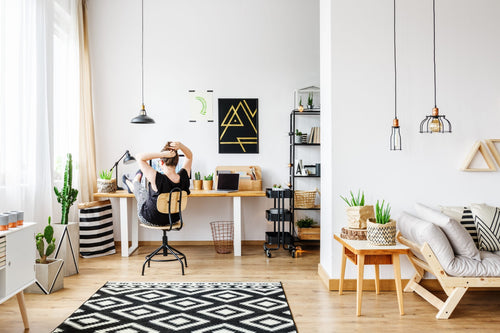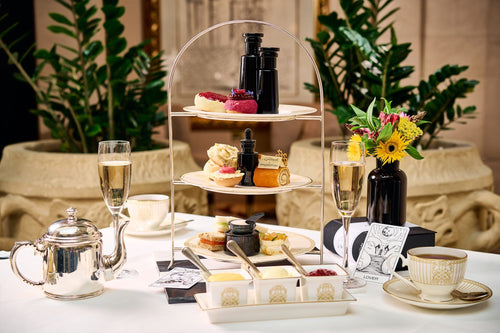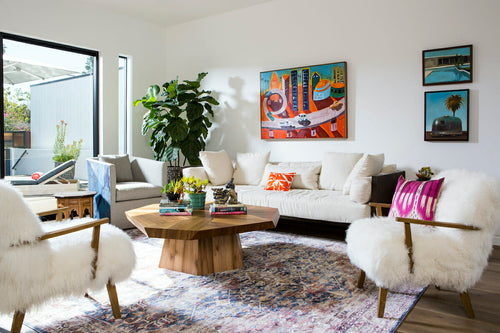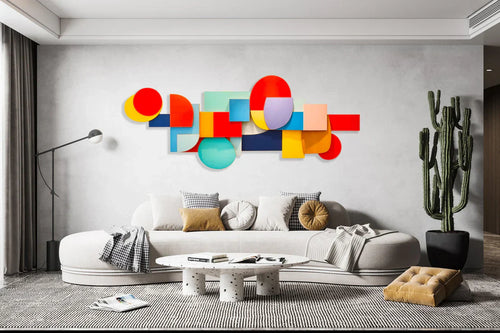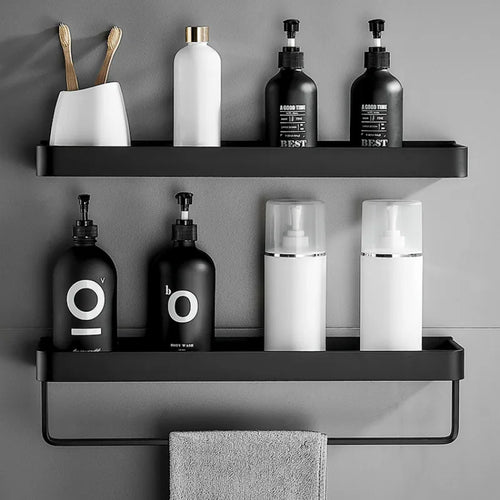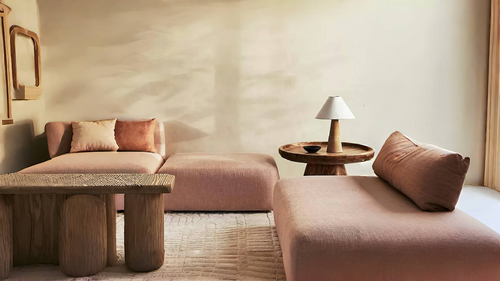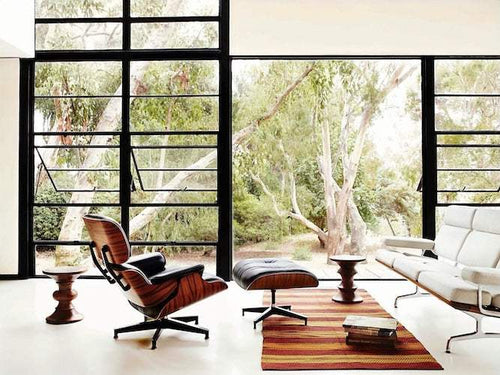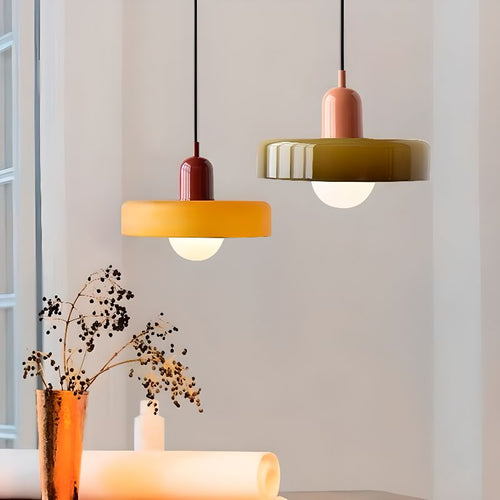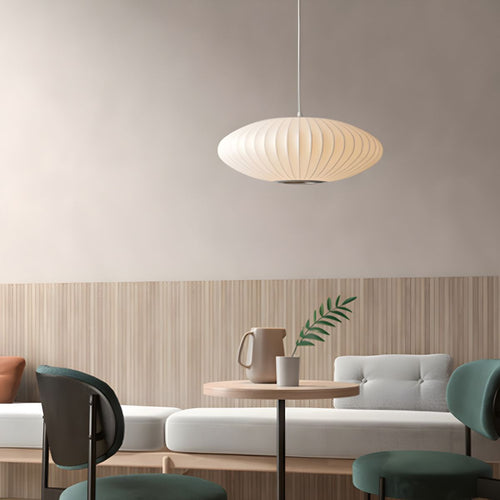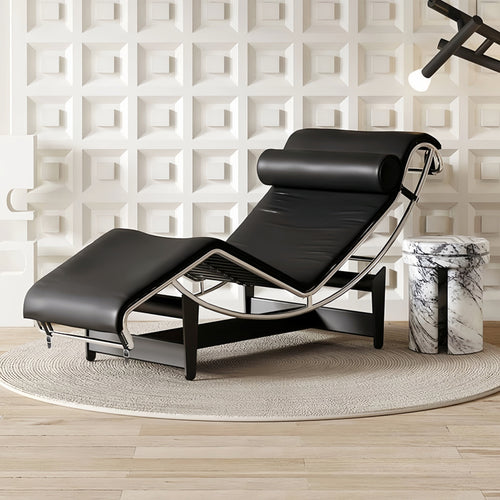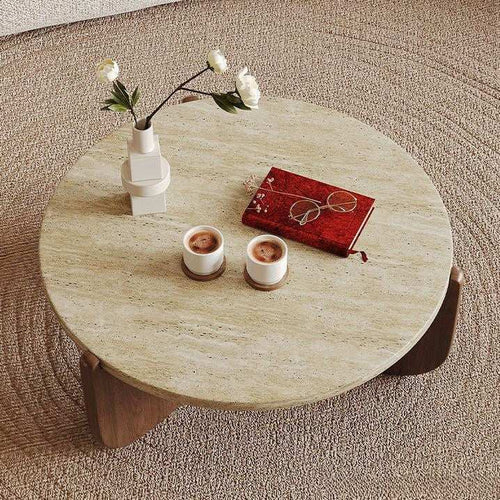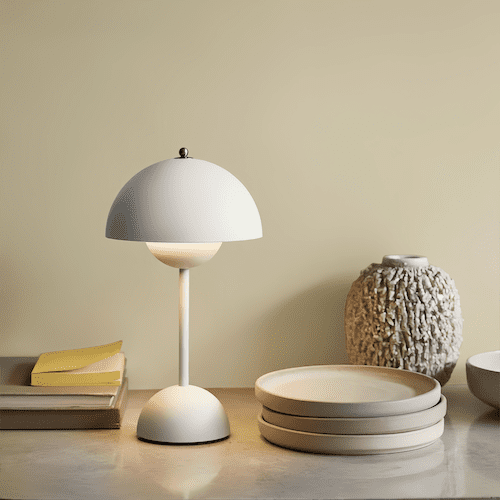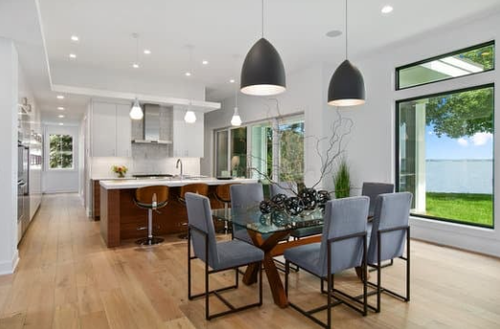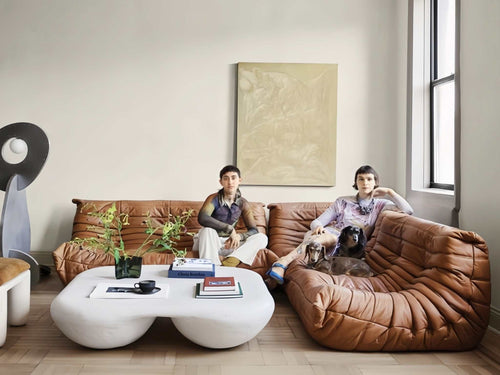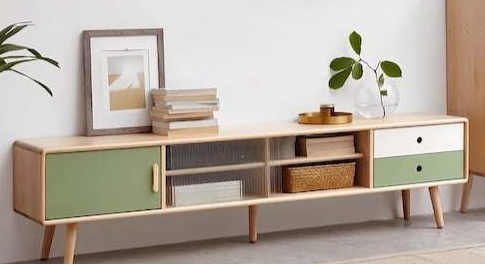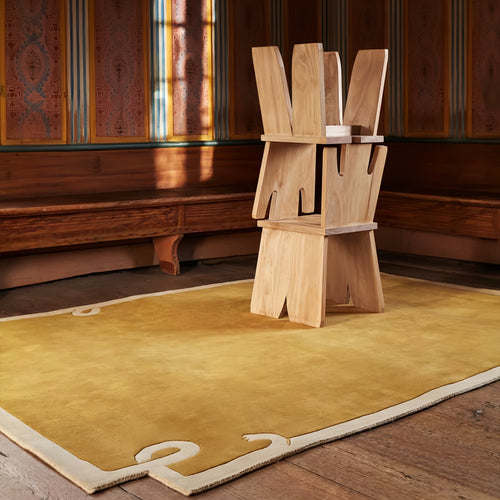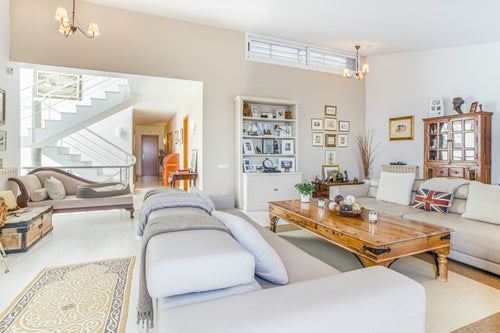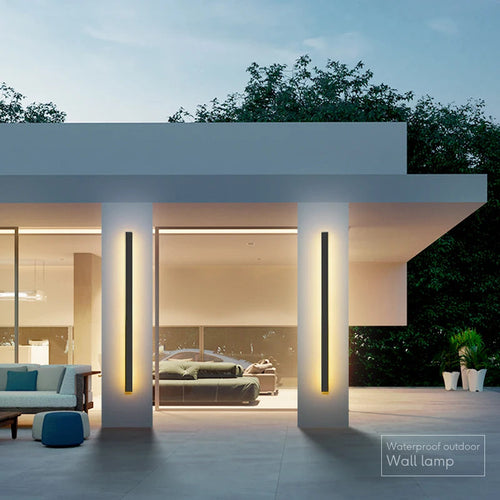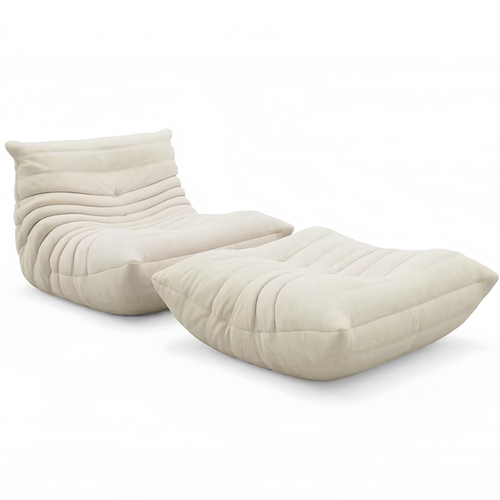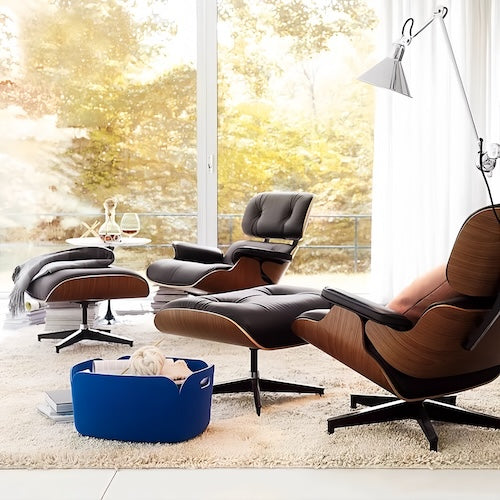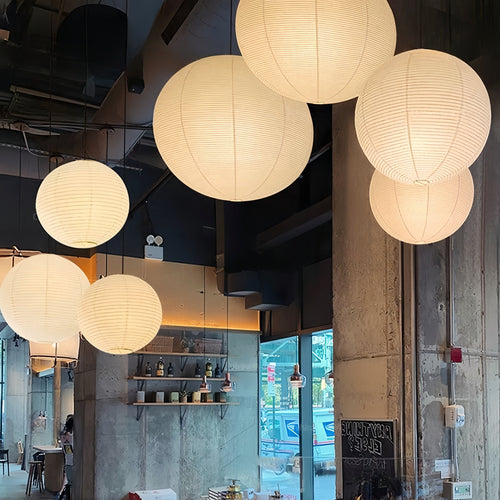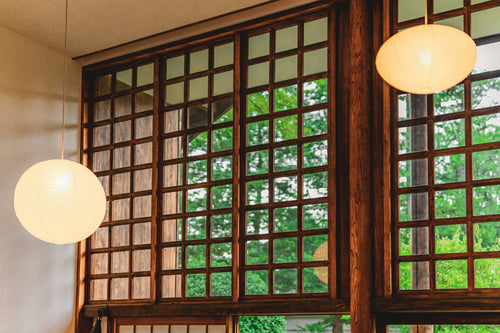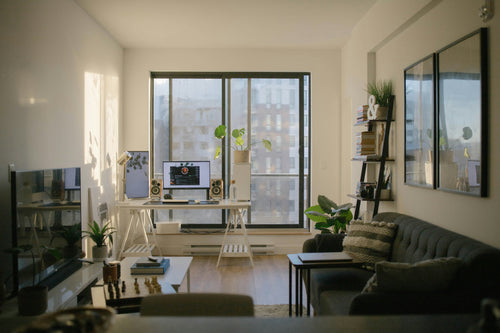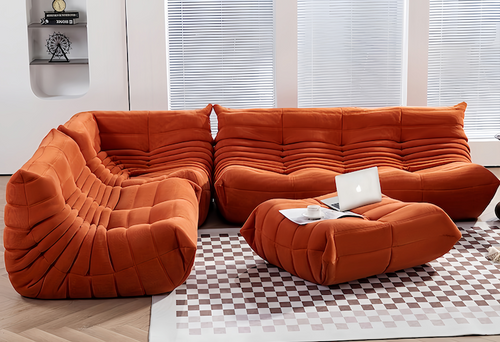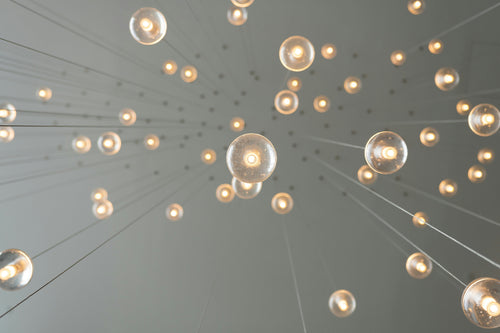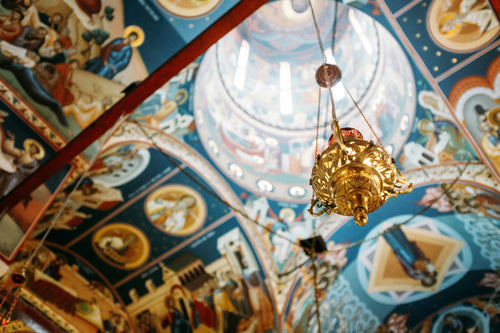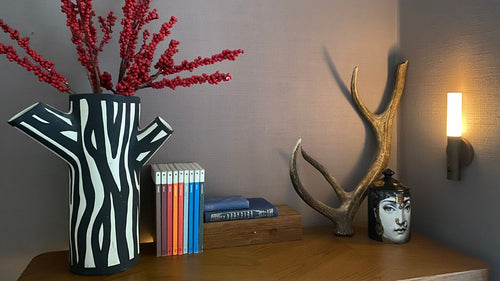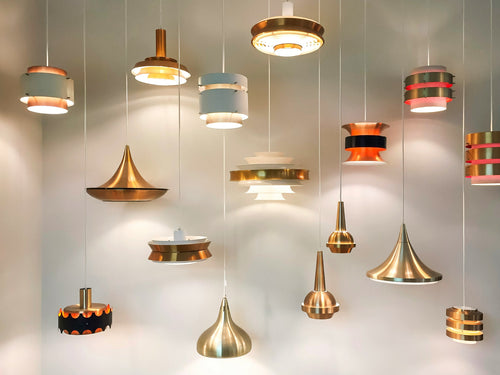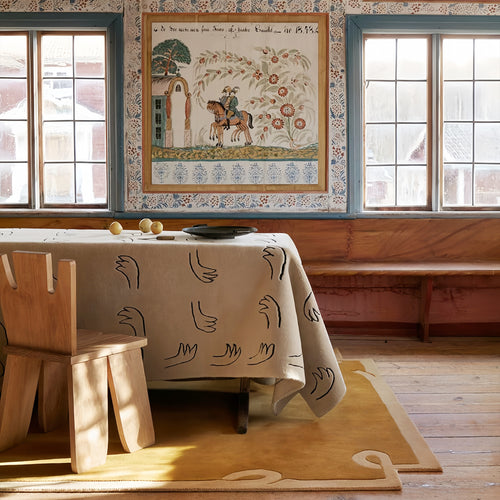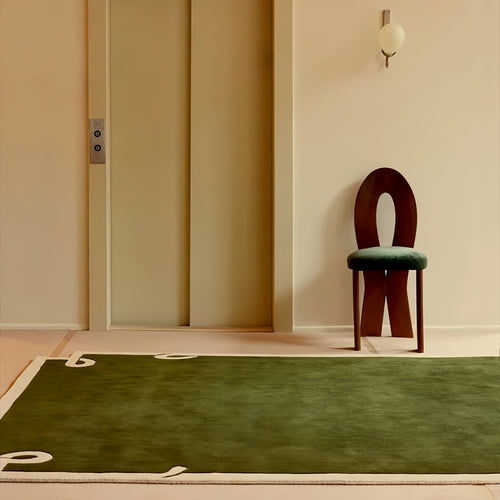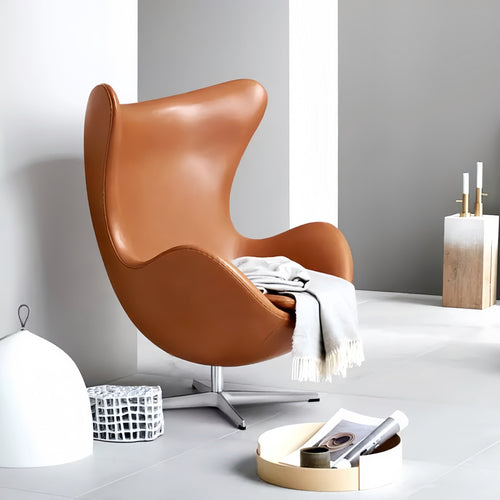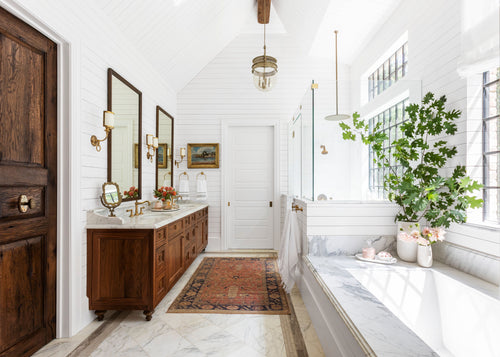Lighting designers utilise a variety of modern innovations to shape ambiance, creating spaces that are engaging and captivating. This guide dives deep into the nuanced world of architectural lighting and explores how thoughtful illumination can elevate spaces to new heights of aesthetic allure.
Effective spatial illumination begins with a thorough assessment of the space to determine lighting requirements. This includes determining the desired mood and identifying architectural features that need to be highlighted.
Nordic Style
Scandinavian design is known for its minimalism and simplicity, with an emphasis on natural materials. Scandinavian lighting design combines minimalism with the use of natural elements, including wood and stone. This aesthetic has extended to the region’s approach to lighting. Considering the Nordic countries’ long, dark winters, it is important to utilise natural light in architecture and interior design. This is why many Scandinavians incorporate large windows and skylights into their homes. In addition, they choose lights with a low colour temperature that give off a warm glow. This helps create a comfortable and inviting atmosphere in the home.
Scandinavia is also known for its commitment to sustainability and minimising environmental impact. One way they do this is by utilising sustainable sources of energy. They also focus on recycling and reducing waste. For example, they encourage people to bring their burned candles for recycling. This is an effective way to save on electricity costs while minimising waste.
The Danish designer Poul Henningsen was a major influence on Scandinavian lighting design. He created lights that were functional and easy to live with, but he never sacrificed beauty for utility. His iconic PH-5 and artichoke lamps are examples of his practical philosophy. Both designs use multiple copper flaps to diffuse the light, which reduces glare and ensures that all eyes are free of harsh reflections. Henningsen’s lights also feature a candle-flame hue, which is perfect for the dark Nordic winters.

Another prominent figure in Scandinavian lighting design is Verner Panton. He created a variety of sculptural lights that were the perfect fit for his Gesamtkunstwerk interiors. His designs used vivid colours and synthetic materials, but they were unified by their unique shapes. In addition to being functional, these sculptural fixtures also added an artistic element to the space.

The Nordic style is perfect for adding a cosy touch to living spaces, such as lounge areas and dining rooms. It can be complemented with accessories made from natural materials, such as wool and sheepskin throws, or accent pieces that feature popular colour trends like neutral shades or soft pinks. Textured wall decor, such as striped wallpaper in an understated hue or panelling, also works well with this design style.

Another way to introduce the danish pendant light is by using light fixtures with a white base. This multiplies the effect of natural light in a room, making it easier to navigate and creating an airy atmosphere that is both warm and inviting.
Lighting can be a powerful design element in any space, whether it's to brighten up a corner, highlight a particular piece of furniture or create an interesting focal point. The key is to choose a fixture that reflects the intended aesthetic, complements the rest of your décor and fits within your budget.
Japanese Style
A minimalist design philosophy is at the heart of Japanese style, and this aesthetic also extends to lighting. Lighting should be subtle, and simple geometric shapes are preferred. Look for fixtures that are designed to blend in with the environment and have a refined design, such as the Japanese-inspired CAMACHO pendant or the elegant STIX floor lamp. Both feature light wood paired with black to reflect the balance of contrast exemplified by the concept of wabi-sabi, which means that beauty lies in the imperfect, unfinished or even crooked elements in nature and human-made objects.

Ishii is a pioneer in a broad genre of lighting-related fields, including city illumination, architectural illumination, and light performances. Her work has been recognised as a major contribution to the culture of Tokyo, and she is active both in Japan and overseas.
After graduating from Tokyo University of the Arts, she worked at lighting design companies in Finland and Germany before returning to Japan, where she set up her own office. She has made significant contributions to the revitalization of Japanese lighting design through her work, including illuminating the Tokyo Tower and historic monuments such as Senso-ji Temple and Kabuki-za.
She explains that she is motivated by the idea of “bringing light to the world and creating an environment in which everyone can feel comfortable and at ease.” She says that lighting designers need to understand the cultural differences between countries in order to produce effective lighting for a variety of situations.

She believes that the future of lighting is going to be more and more focused on the interaction between humans and technology. She hopes to contribute to this development through her research on the use of advanced LED and IoT technologies for lighting control. She is also an active member of Women in Lighting and aims to expand the network of women involved in lighting design. She has met WiL’s co-founders, Sharon Stammers and Martin Lupton, in Denmark and hopes to continue this work through IALD Japan.
The design of lighting requires a thorough understanding of its physical properties, including the interactions between light sources, light and surfaces, and the physics of human vision and sight. In addition, a thorough knowledge of the building’s architectural form, materiality, and function is necessary to successfully incorporate light into the overall building design.
In the 1950s, Isamu Noguchi – an American-born sculptor who blurred the line between art and design with an oeuvre that included monumental stone works and furniture design – began designing his famous Akari light sculptures, which are characterized by weightless luminosity. Their inspiration stemmed from a 1951 visit to Gifu, Japan, where he saw local industry revolve around the manufacture of paper lanterns used for ancestor worship and other religious occasions.
Using washi paper, the inner bark of the mulberry tree, Noguchi created a series of table, floor and ceiling lamps that were inspired by Japanese lanterns but were distinctly his own. The result was an organic, flowing form that is as timeless today as it was when introduced in the 1950s.

Traditionally, Japanese homes were built with large windows to maximise the natural sunlight and provide a sense of zen. However, in modern homes with smaller windows, incorporating this style of design may be difficult. This is where the right lighting can make all the difference.
Lighting should be as subtle as possible, so wall sconces or washers are the best way to go in a bedroom (Genkan). They allow for ordered storage of shoes while providing a soft wash of light that’s calming and relaxing. This style of lighting is perfect for the hallways as well and can highlight key features such as wall art or faux indoor trees.
In the dining room and living spaces, a more pronounced style of lighting can be found. Here, floor lamps are more common as they are less obtrusive and blend in with the decor. Ceiling lights can also incorporate some of the key concepts of Japanese style, such as a modular aesthetic or an emphasis on natural materials.
For bathrooms, a light that’s designed to complement the vanity and bathroom fixtures is ideal. The Japanese bath is typically a very intimate space, and a light that complements the overall design can create a seamless look.
The living rooms and bedrooms of Japanese-inspired homes are often decorated in light-coloured wood. This light wood reflects the simplicity and harmony of the Japanese style and can be enhanced with lighting that features an organic silhouette or a wooden frame. For example, the Diva pendant by Norwegian designers Peter Natedal and Thomas Kalvatn Egset uses a series of strips of wood bent into an organic shape to form the base of the fixture. Similarly, the Formakami paper lamp by Spanish designer Jamie Hayon is an example of how modern and traditional design can coexist in the same space.
Italian Style
The love of la dolce vita that defines Italian design is evident in the lighting fixtures that illuminate the home. From sleek modern floor lamps to the iconic accent pieces that give depth to a room, these pieces celebrate simplicity and beauty. They integrate seamlessly into homes, blending with the architectural style while elevating the overall ambiance and narrative of the space.

During the post-war era, many designers sought to make their work more accessible for a wider audience as they rebuilt after World War II. The result was a new generation of lighting fixtures that combined functional aspects with elegant designs and quality materials. The resulting lighting design is known for its clean lines, tapered forms, and natural colours that blend well with a variety of other styles.
Modern Italian lighting offers a wide range of options, from ceiling fixtures to linear suspension lights that offer illumination across an entire length. For example, the stunning chandeliers by Davide Groppi feature a minimalist approach that transforms the fixture into a piece of art that enhances a space with its own unique presence.

Downlights and recessed lighting are common in the Italian style, and they can be used to illuminate artwork, sculptural details or architectural features. They also serve as a subtle way to delineate spaces in open-plan homes without the use of walls. The sleek designs of these fixtures ensure that they blend in with the ceiling, adding a minimal touch to any interior.
Pendant lighting remains a key feature in the Italian style, as do sconces and wall lamps. These pieces complement modern architecture by balancing elements of traditional and contemporary Italian style. They are ideal for highlighting the curved lines of furniture and other accent pieces in your home, as they bring an elegant glow to any room.
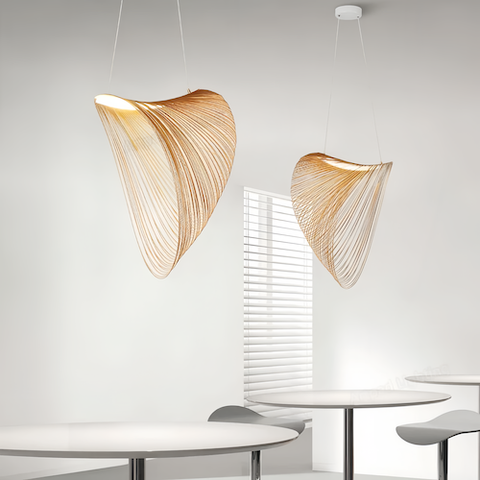
The Italian culture has long favoured the kitchen as the heart of the home, and this continues to be true today. Italian-style pendants are popular for over kitchen islands and dining tables, with sleek, narrow designs that accentuate the space. These fixtures are also available in a wide range of shapes and finishes, so you can choose the ones that best suit your taste. The Industrial Chandelier exemplifies the essence of Italian pendant design, featuring a harmonious fusion of elegance and industrial aesthetics.

When Light Meets Art
For artwork, proper lighting can be essential in conveying emotion and detail. It can highlight brushstrokes or subtle nuances in a painting, drawing the viewer’s eye to the piece and enhancing its visual appeal. Lighting can also help preserve art by controlling the intensity of light and minimising the risk of damage to the work over time.
Lighting designers are skilled at understanding and mastering the four scientific properties of light: colour, distribution, movement, and intensity. They use these tools to improve visibility, enhance ambiance, soften harsh elements, emphasise desirable ones, and improve the aesthetics of architectural environments.

Light is one of the most fundamental tools for creating a space, whether in an office, retail environment, or home. As the world becomes more connected and technologically advanced, the importance of good lighting in spaces continues to grow. This means that lighting designers are increasingly focused on creating fixtures that look and feel as beautiful as the spaces they illuminate.
One of the ways in which this is happening is through the use of high-quality materials. Oftentimes, lighting is made of metal, and designers are pushing the limits by creating bold, sculptural fixtures that are as striking as the pieces they light.
In addition to being visually appealing, these new fixtures are more durable than older models, meaning they’re likely to last longer. This has freed up lighting designers to be a bit more creative and allow their imaginations to run wild when designing fixtures.
For example, some fixtures are even incorporating natural light sources such as sunlight to create a more energy-efficient and sustainable design. This is helping to reduce the amount of energy used and reduce harmful CO2 emissions. Additionally, using natural light can be more cost-effective than traditional lighting options. Having natural light available throughout the day can help to improve employee productivity and create a more pleasant workplace atmosphere.




